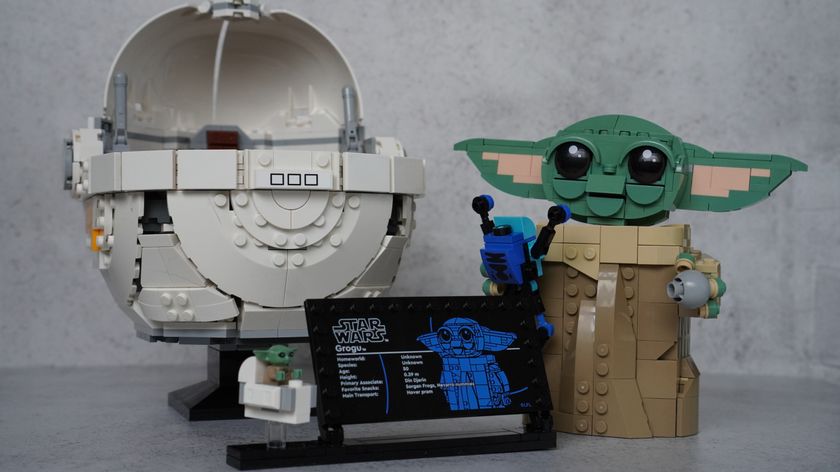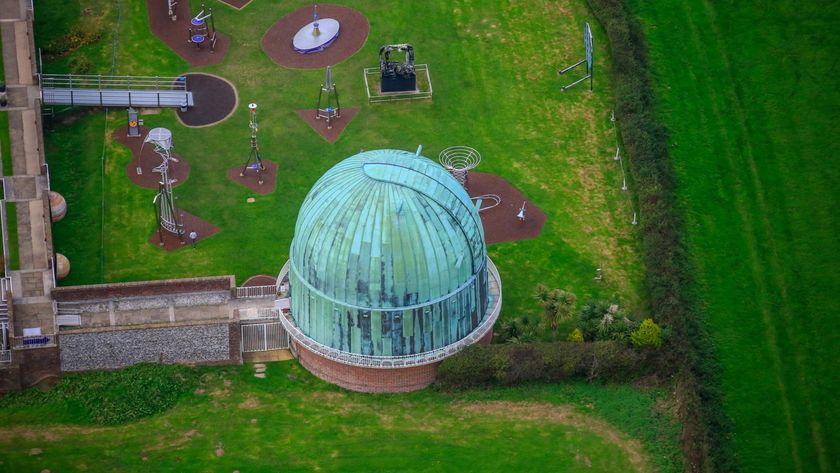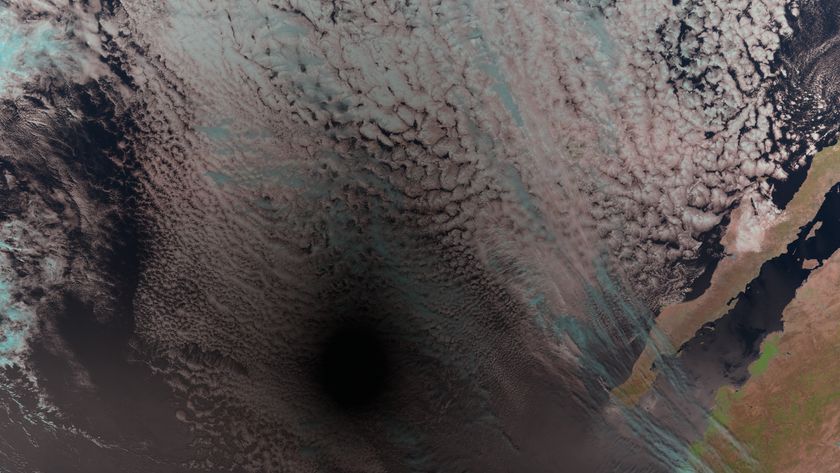Space Station Laser Link Blasts Broadband from Orbit
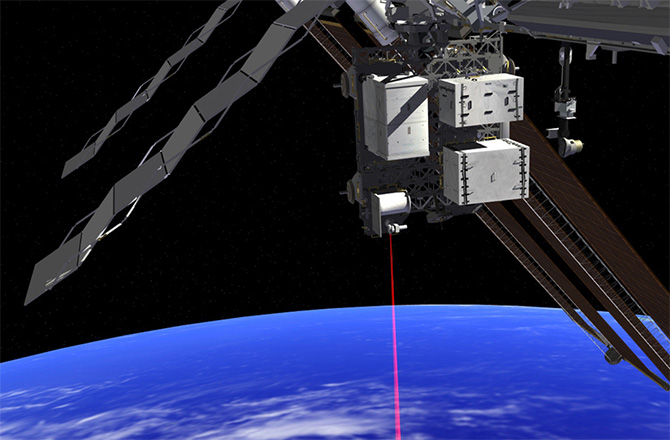
A new laser link with the International Space Station could do what optical fiber has done for internet access on Earth — by turning orbital communications from painfully slow dial-up to blazing-fast broadband.
In recent tests of the Optical Payload for Lasercomm Science (OPALS) instrument, which is attached to the space station's exterior, NASA scientists and engineers have demonstrated that laser communications, as opposed to traditional radio transmissions, could revolutionize how we communicate with space-based assets.
NEWS: Pew! Pew! Space Lasers to Give Missions Broadband
"OPALS has shown that space-to-ground laser communications transmissions are practical and repeatable," said Matthew Abrahamson, OPALS mission manager at NASA's Jet Propulsion Laboratory in Pasadena, Calif. "As a bonus, OPALS has collected an enormous amount of data to advance the science of sending lasers through the atmosphere. We look forward to continuing our testing of this technology, which sends information to and from space faster than with radio signals."
OPALS was delivered to the ISS in April by a SpaceX Dragon cargo vehicle and it has since completed the first 4 months of its prime mission. In an effort to minimize the impact of atmospheric turbulence on data loss, OPALS uses 4 individual lasers and average out the data received by the Optical Communications Telescope Laboratory's ground station at JPL's Table Mountain Observatory in Wrightwood, Calif. The next big step for system development is the use of adaptive optics to dynamically compensate for this turbulence.
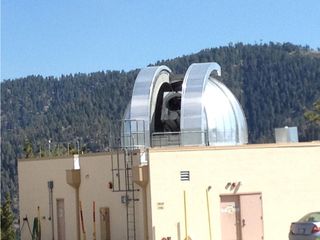
NEWS: NASA Laser Beams HD Video From the Space Station
"Four lasers from the ground station travel through the sky toward the space station. Under clear, dark background conditions, it's very easy for the payload to acquire the ground beacon. Daylight conditions have proven more challenging, but we are working on increasing capabilities during the day as well, through software enhancements," said Abrahamson.
Get the Space.com Newsletter
Breaking space news, the latest updates on rocket launches, skywatching events and more!
According to a JPL news release, some of the landmark transmissions included:
- A night pass over Table Mountain on June 5 that lasted 148 seconds. A video, with the message "Hello, World!" was beamed from the space station every 3.5 seconds. Normally the 175-megabit video would take 10 minutes to transmit over traditional radio comms.
- Also in June, Lewis Carroll's "Alice's Adventures in Wonderland" was transmitted multiple times.
- To commemorate the 1969 Apollo moon landing, in July, OPALS beamed a high-definition video of the landing in just under 7 seconds. Using existing radio-based infrastructure, it took 12 hours to uplink the same video to the ISS.
- Between 200-300 megabytes of engineering data was downlinked, taking only 20 seconds. Normally, it would take 3 hours. The data was completely reconstructed after being received, which highlighted OPALS' low bit error rate.
All in all, OPALS is proving laser communications between the Earth and orbit could transform how we transmit data into space, but the biggest challenge to this method is, of course, the weather.
VIDEO: This Isn't CGI, It's The International Space Station
"We're finding that differing weather patterns and geometry variations are proving to be challenging," added Abrahamson. "We've had a half dozen or so pass attempts with varying levels of success, and we are looking to continuing these collaborations in the future."
As the technology matures, there will inevitably be some very obvious spin-offs that we could see enriching our everyday lives. Instead of using lossy radio communications, laser communications with satellites could significantly boost the bandwidth into low-Earth orbit and geostationary altitudes. Needless to say, this would be a significant boost for commercial high-definition video. Also, the scientific gains could be mind-blowing; imagine a high-definition laser link with rovers on Mars and other solar system destinations.
"OPALS is going to change the way we communicate with and build spacecraft in the future," said Abrahamson.
This story was provided by Discovery News.
Join our Space Forums to keep talking space on the latest missions, night sky and more! And if you have a news tip, correction or comment, let us know at: community@space.com.
Ian O'Neill is a media relations specialist at NASA's Jet Propulsion Laboratory (JPL) in Southern California. Prior to joining JPL, he served as editor for the Astronomical Society of the Pacific‘s Mercury magazine and Mercury Online and contributed articles to a number of other publications, including Space.com, Space.com, Live Science, HISTORY.com, Scientific American. Ian holds a Ph.D in solar physics and a master's degree in planetary and space physics.

